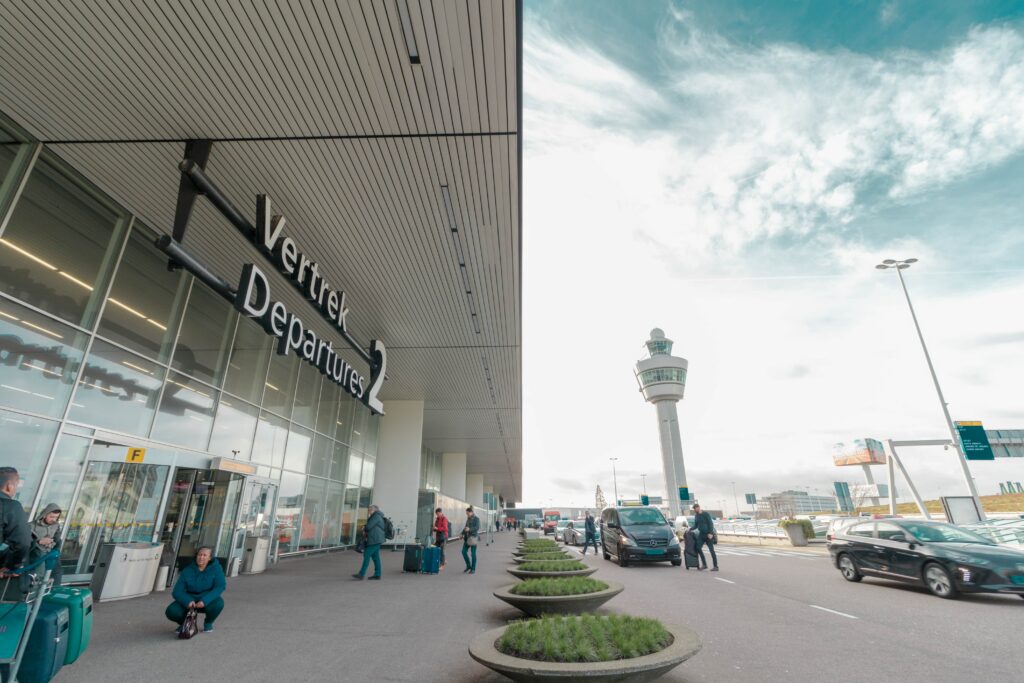Results
The developed forecasting tool has delivered significant benefits to Schiphol Airport and its passengers. Key results include:
- Reduced waiting times: By accurately predicting passenger flows, the airport has been able to allocate resources more efficiently, reducing waiting times and improving the overall travel experience.
- Enhanced operational efficiency: The APOC team can now make better-informed decisions, leading to optimized resource allocation and smoother airport operations.
In line with Latitude’s mission, this project has showcased the power of simple and elegant AI-driven solutions in maximizing societal impact and improving the travel experience for millions of passengers at Schiphol Airport.
Solution
Together with Schiphol’s team, we worked on an internal tool that forecasts waiting times at the airport by predicting passenger flows based on flight schedules and expected departure times. This tool enables the APOC to proactively allocate resources, including staff and security checkpoints, to accommodate fluctuations in passenger traffic, ensuring a smooth experience for travellers.

Method
To address Schiphol Airport’s challenge of optimizing passenger flow and reducing waiting times the team began by analyzing historical and real-time data. We then used the SimPy library to create a discrete-event simulation model, allowing us to experiment with various scenarios and understand the impact of resource allocation strategies on waiting times and overall efficiency. This allowed for simulating counterfactual situations and define causal relationships in the passenger flows to identify bottlenecks.
Once the model was validated, it was deployed in an internal tool for the Airport Operations Center. The tool is constantly monitored and new features are developed ensuring its continued effectiveness in enhancing the travel experience for millions of passengers at Schiphol Airport.
In conclusion — Latitude assisted Schiphol Airport in managing passenger flow by developing an AI-powered forecasting tool to predict passenger traffic. The solution, which is based on historical and real-time data, utilises discrete-event and counterfactual simulation to optimise resource allocation strategies and identify bottlenecks. The implementation of this internal tool has significantly reduced waiting times and improved operational efficiency, enhancing the travel experience for millions of passengers at one of Europe’s busiest airports.

